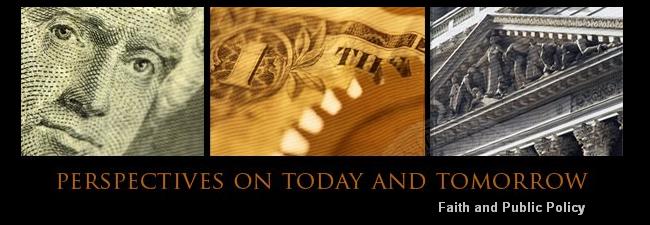“From its bottom in 1933 to 1936, the G.D.P. climbed spectacularly (albeit from a very low base), averaging gains of almost 11 percent a year. But then, both the Fed and the administration of Franklin D. Roosevelt reversed course.
In the summer of 1936, the Fed looked at the large volume of excess reserves piled up in the banking system, concluded that this mountain of liquidity could be fodder for future inflation, and began to withdraw it. This tightening of monetary policy continued into 1937, in a weak economy that was ill-prepared for it.
About the same time, President Roosevelt looked at what seemed to be enormous federal budget deficits, concluded that it was time to put the nation's fiscal house in order and started raising taxes and reducing spending. ....
Real G.D.P. contracted 3.4 percent from 1937 to 1938; the total G.D.P. decline during the recession, which lasted from mid-1937 to mid-1938, was even larger.
The moral of the story should be clear: Prematurely changing fiscal and monetary policies — from stepping hard on the accelerator to slamming on the brake — can be hazardous to the economy's health. ....
I hope and believe that President Obama will not transform himself from the spendthrift Roosevelt of 1933 to the deficit-hawk Roosevelt of 1936 — at least not until the economy is back on solid ground. That said, a growing flock of budget hawks are already showing their talons. They will have their day — but please, not yet.”
Alan S. Blinder, "Economic View: It's No Time to Stop This Train", New York Times (17 May 2009).
www.nytimes.com/2009/05/17/business/economy/17view.html
Alan S. Blinder is a professor of economics and public affairs at Princeton and former vice chairman of the Federal Reserve. He has advised many Democratic politicians.
Like the stimulus plan of 2008, the stimulus plan of 2009 has done little to improve the economic situation and certainly has not stemmed the downturn and restored the foundations for growth. I would also note that all the money pumped out by the Fed and all the huge volume of sour assets moved to its books has done little to improve the condition of the banking system over what it would have been under more modest policies.
Some say the bottom of the recession may be in sight, although I for one have my doubts. In any event, the economy certainly hasn’t recorded a period of strong growth, such as the one from 1933 to 1936. More clear is the fact that the government has been running a tremendous deficit but its accelerating spending seems to have had little positive effect on the state of the economy. On the contrary, the Administration’s current policy stance seems only to be setting the stage for a run up in inflation, continued stagnation, and a huge increase in the national debt. Similarly, the Fed keeps the banking system overbloated with reserves in hopes it will do some good but little good can be seen.
The failure of these policies to actually improve the state of the economy does not stop some economists, such as Professors Blinder and Krugman, from recommending that the government’s wild spending spree go on and the Fed’s unrestrained expansion of the money supply continue in hope of an eventual economic turnaround. Contrary to their expectations, I suspect a continuation of this policy approach is going to cause an extended period of stagflation, with the price level increasing rapidly and the economy experiencing little or no growth for years.
As mentioned in my recent Op Ed, far better would be a policy approach that would address the longer-term problems of the economy by restructuring its productive base, matching incomes and outlays in government and trade accounts, and reducing entitlements. This will take many years and involve much sacrifice but it would quickly arrest the current decline and establish a foundation for long-term prosperity for our children.
A Tdj by Doug Walker.



No comments:
Post a Comment